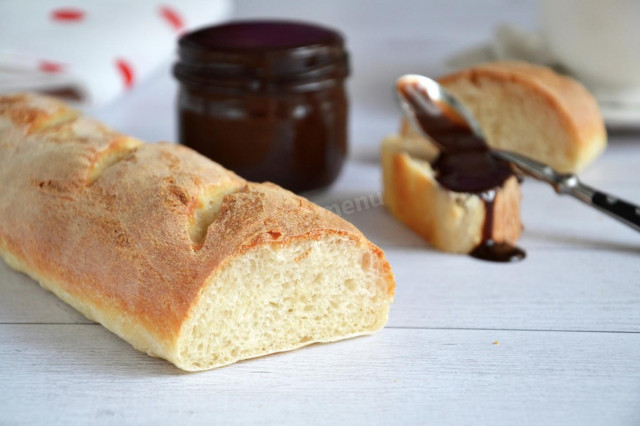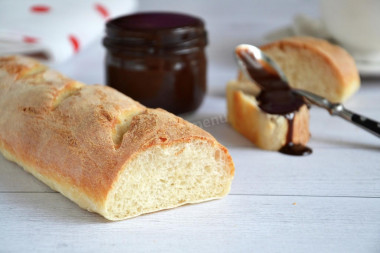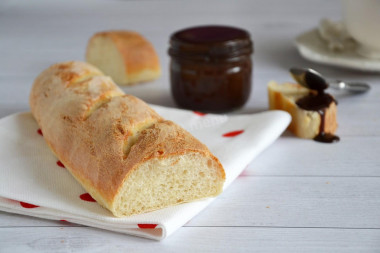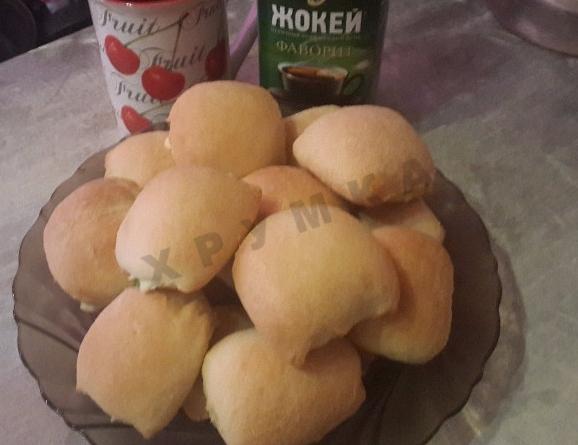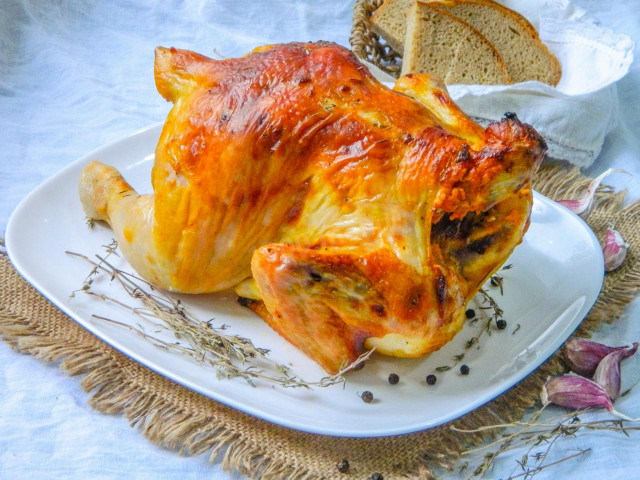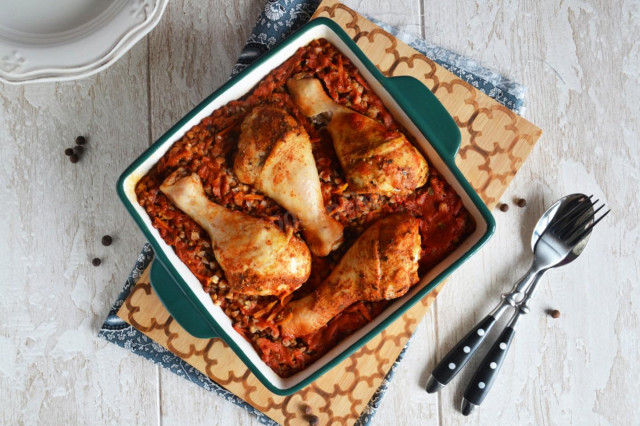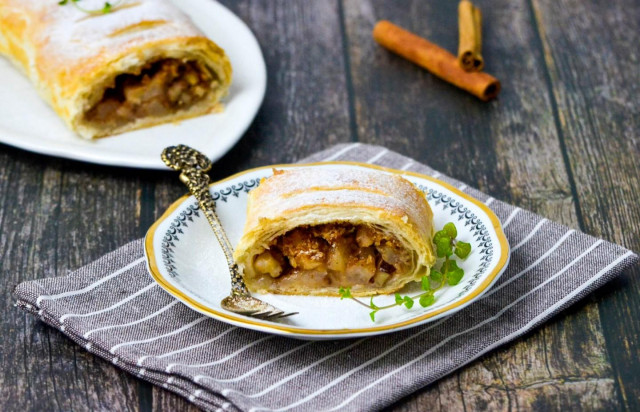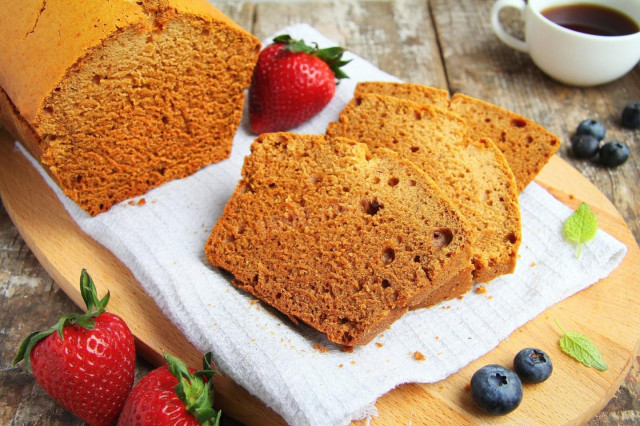Composition / ingredients
Step-by-step cooking
Step 1:
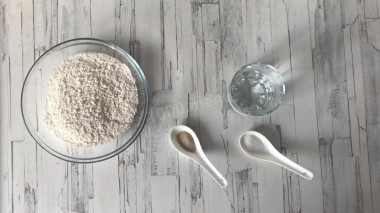
How to bake baguettes in the oven? Measure out all the ingredients. To avoid unpleasant surprises, check the yeast in advance: pour a little warm milk or water into a bowl, stir the yeast in it. Cover the bowl with a kitchen towel and put it in a warm place without drafts for 10-15 minutes. During this time, a foam yeast cap should appear on the surface of the sponge. If this does not happen, baking will not work. In this case, replace the yeast with others.
Step 2:

Dissolve yeast in warm water and leave for 5 minutes. Do not forget that the liquid in which the yeast is bred should be no higher than 40 degrees. Why is this important? In a warm environment, yeast is well activated, in a hot one it will die, and in a cold one it simply will not work.
Step 3:
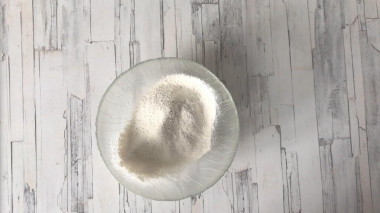
Sift flour together with salt.
Step 4:
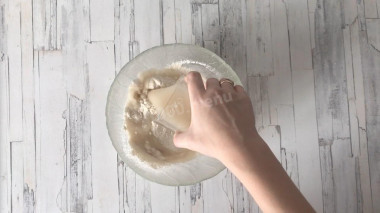
Add water with yeast to the flour and knead the dough.
Step 5:
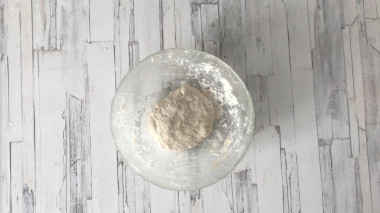
Put the dough in a large bowl, cover with a towel and leave in a warm place for 30 minutes.
Step 6:
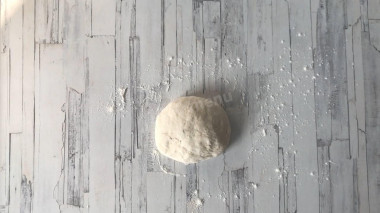
Then put the dough on a floured surface and knead. Leave to approach for 15 minutes.
Step 7:
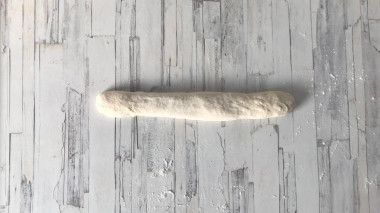
Form a baguette from the dough.
Step 8:
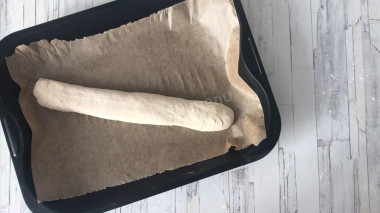
Transfer the baguette to a baking sheet lined with parchment and leave in a warm place for proofing for 1 hour and 30 minutes.
Step 9:
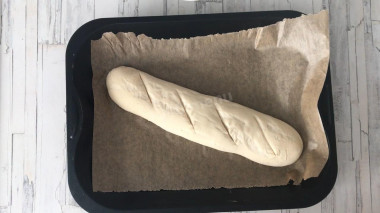
As soon as the dough has come up, make oblique cuts on each baguette with a sharp knife. Preheat the oven to 230 ° C. I usually turn it on 10-15 minutes before baking. Place a deep container of water on the lower level. Put a baking sheet with a baguette in the oven and reduce the temperature to 210 ° C. Bake for 10-12 minutes on the "Top-bottom + convection" mode - so the baguette will get a golden crispy crust and will not burn.
From the specified number of products, you will get 1 medium baguette with a length of 25-30 cm.
Hot and fragrant, soft inside and crispy outside French baguette, must definitely settle on your table. Moreover, in terms of taste, it is not inferior at all, and in my opinion, even surpasses its store counterparts.
Keep in mind that everyone's ovens are different. The temperature and cooking time may differ from those specified in the recipe. To make any baked dish successful, use useful information about the features of ovens !
Important! Using dry yeast, it should be borne in mind that they occur in two forms: active and instant (read the instructions carefully before use!).
Active dry yeast looks like beads or small balls. Before applying them, they must be brought out of "sleep mode". To do this, the active yeast is diluted in warm sweet water, milk or whey. The resulting bubbles, foam or "cap" indicate that the yeast is ready for further use. Active dry yeast must be brought to complete dissolution in the liquid, otherwise, due to the remaining grains, the dough may not rise and the baking will be spoiled (yeast grains that have not dissolved in the liquid and got into the dough will not disperse on their own, which means they will not work).
Instant dry yeast is easier to use. They do not need to be activated before use. Such yeast, along with other ingredients, is simply added to the dough. As a result, the baking time is reduced.
It should also be remembered that both types of dry yeast may differ in their activity from different manufacturers.
Caloric content of the products possible in the composition of the dish
- Whole durum wheat flour fortified - 333 kcal/100g
- Whole durum wheat flour, universal - 364 kcal/100g
- Flour krupchatka - 348 kcal/100g
- Flour - 325 kcal/100g
- Salt - 0 kcal/100g
- Water - 0 kcal/100g
- Dry yeast - 410 kcal/100g

